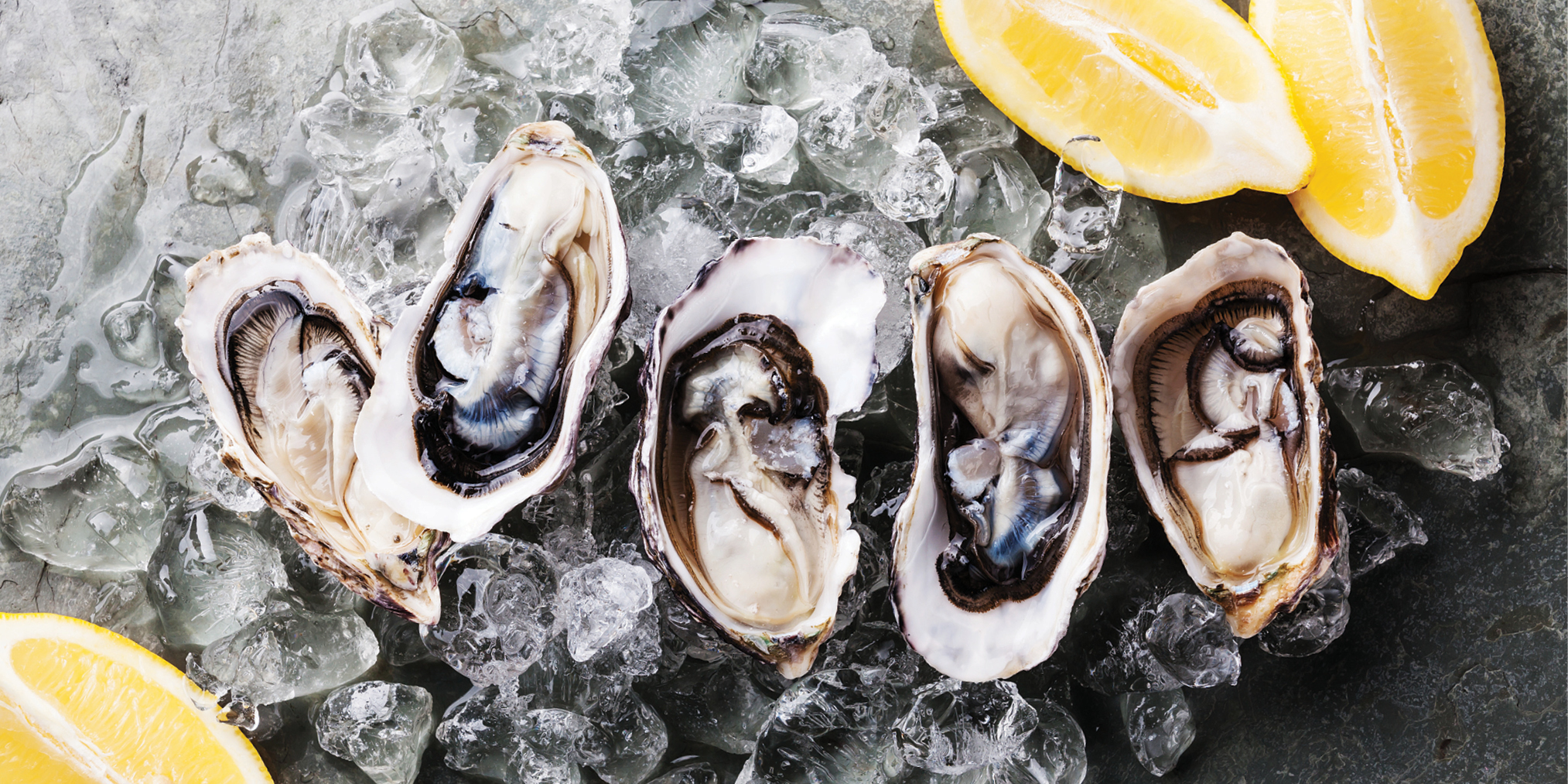It may be hard to imagine but in the late 1800’s through the turn of the century, oyster beds were so abundant in the Chesapeake Bay that they were known to pose as navigational hazards for ships sailing the bay. During this time, the nation’s capital was home to many saloons serving this local delicacy along with a tasty beverage or two. Chesapeake Bay oysters also developed a cult following nationwide.
Through overharvesting, pollution, and disease, the local population of oysters dwindled to 1% of its peak historical population. Food safety became a concern with articles appearing about people getting sick or worse from eating oysters, regardless of where they came from. In 1992, we made the decision to remove them from our menu at the Old Ebbitt Grill much to the dismay of our customers.
In the early 1990’s, people were leasing water rights from the various New England states and Canadian Maritimes to use for growing oysters. This form of aquaculture was known as “oyster farming.” This was a relatively new, expensive and risky proposition. We were introduced to several of these growers, including one from Virginia named RG Parks. RG grew oysters in Kegotank Bay on the seaside of Virginia’s eastern shore. After a visit with RG, we were smitten with his oysters and began the process of reintroducing oysters to our menu.
Thanks to these early pioneers and a resurgence of quality half-shell oysters, we then felt comfortable serving oysters on the half shell to our customers. In 1994 we reopened the oyster bar at the Old Ebbitt Grill with strict standards such as laboratory testing oysters before they were allowed to be served to our customers. This pledge to provide the best oyster program gave birth to our “Oyster Eater’s Bill of Rights.” It has proved wildly successful and is now the oyster bar that all others are judged against. We have since expanded this program to several of our other locations (Clyde’s Tower Oaks Lodge, Clyde’s at Mark Center and Clyde’s of Gallery Place).
The great news locally is that the Chesapeake Bay has seen a dramatic increase in oyster farming, providing a year round, quality supply of local oysters. This increase along with the wonderful efforts of the Chesapeake Bay Foundation, Oyster Recovery Partnership, Horn Point Research Laboratory, and the Army Corp of Engineers are shaping the bay’s future.
Oysters are a cornerstone species in the Chesapeake Bay ecosystem. Oysters feed by filtering the water in which they live. A single oyster can filter anywhere from 50 – 70 gallons of water per day! The more oysters, both wild and farm-raised that are in the bay, the more water they filter, the cleaner the water will become. This allows sunlight to penetrate in up to 10 feet of water and grasses to grow. Sunlight spurs the germination of the bay’s aquatic grasses (submerged aquatic vegetation or SAV). SAV provides escape cover for juvenile crabs and fish, puts oxygen in the water through photosynthesis, and calms the wave action, preventing shoreline erosion. So in a nutshell, oysters benefit every living organism in the bay ecosystem and are almost single handedly saving the Chesapeake Bay!






